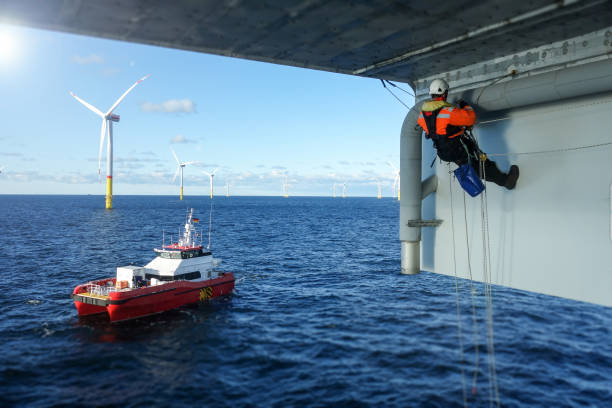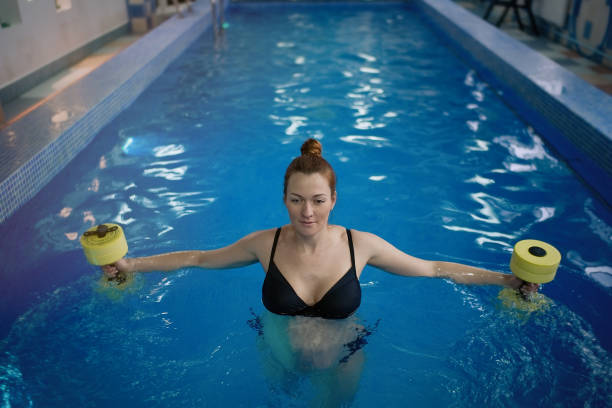Please find out about the technical neoprene composition of a wetsuit and its benefits.
WHAT A WETSUIT DOES
You can tackle the open water with your wetsuit. They are designed to warm you in cold temperatures (50-70° Fahrenheit).
This technology traps thin water between your skin and the rubber-like substance. Your body heat heats the water stored to around 37° Celsius (98° Fahrenheit). This keeps you warm and prevents hypothermia.
Wetsuits come in many styles and silhouettes. They protect the legs, reaching your ankles as well as your wrists. Wetsuits that cover the torso are called shorty and have shorter sleeves and legs.
The temperature you plan to swim in will determine the type of wetsuit recommended. The short cut’ is best for activities in warmer water (e.g., surfing beaches). However, you can get more coverage and a thicker layer of neoprene for colder waters.
BENEFITS OF A WETSUIT
The benefits of a wetsuit are not limited to temperature regulation. Let’s look at ways a wetsuit can make your next open-water adventure more fun and safer.
Neoprene has a natural buoyancy, so it is less resistant to water. It will be easier to move through the water, since you are not wasting effort on adjusting your body position. This is especially important for open water swimmers and triathletes who are focused on speed or endurance.
These suits provide a layer of protection that helps protect your body from any marine life you may encounter. The wetsuit serves as a shield from potential danger like jellyfish stings. It also prevents cuts against rocky reefs and shallow land.
Wetsuits must have a tight seal to allow water to heat up against your skin. They have a compressive fitting that keeps your joints and muscles active, allowing you to perform better and last longer.
A coating layer is applied to the exterior of most wetsuits made from neoprene. This allows you to glide faster through water and increases your speed.
Finally, because open water activities often involve long exposure to the sun, ultraviolet protection has been included in many wetsuits to protect your skin against sunburn.
WHAT & WHERE DO I WEAR A WETSUIT?
It’s easy to see why wetsuits are so prevalent in all water sports. Newer models, such as arena’s Explorer, use a different distribution of neoprene thickening. This allows the core to be supported while allowing the arms and legs to move freely in any direction.
You can test this flexibility in the water with activities like surfing, snorkeling, and scuba diving. You can also take the Explorer’s durable and waterproof construction on a river or lake for kayaking and wind/kite surfing.
We have a variety of water sports for you to choose from so that all you need is your desire to make waves.





